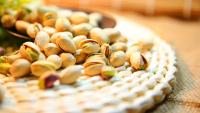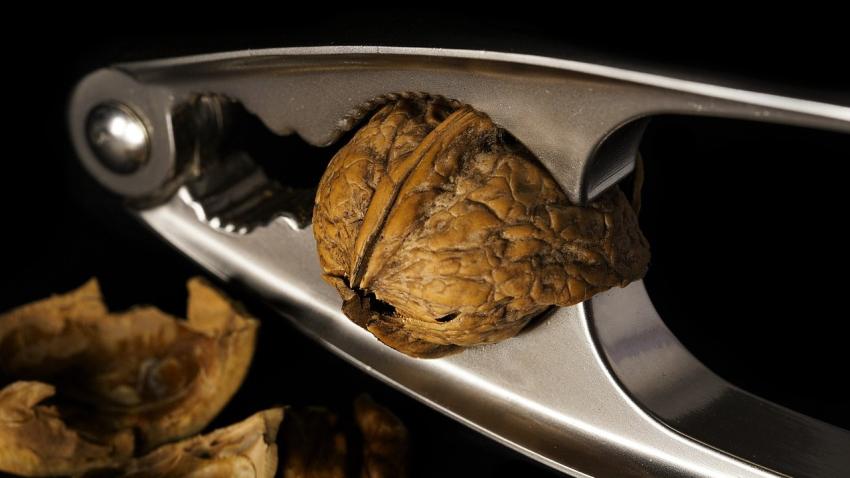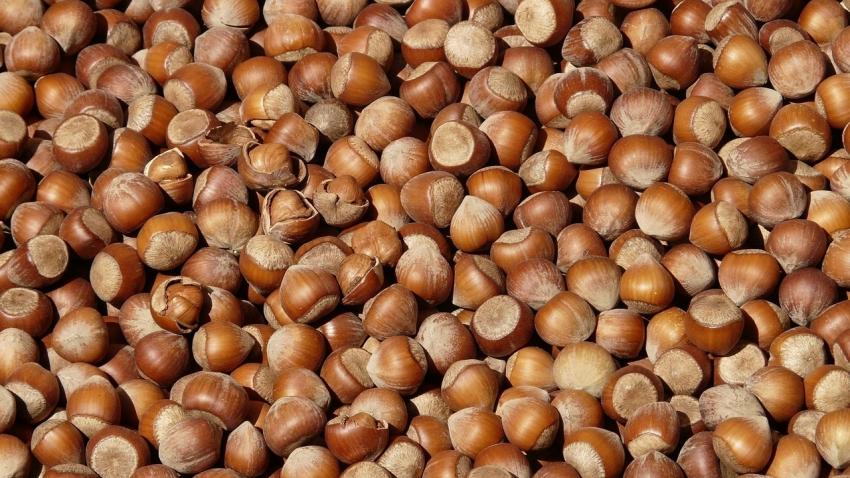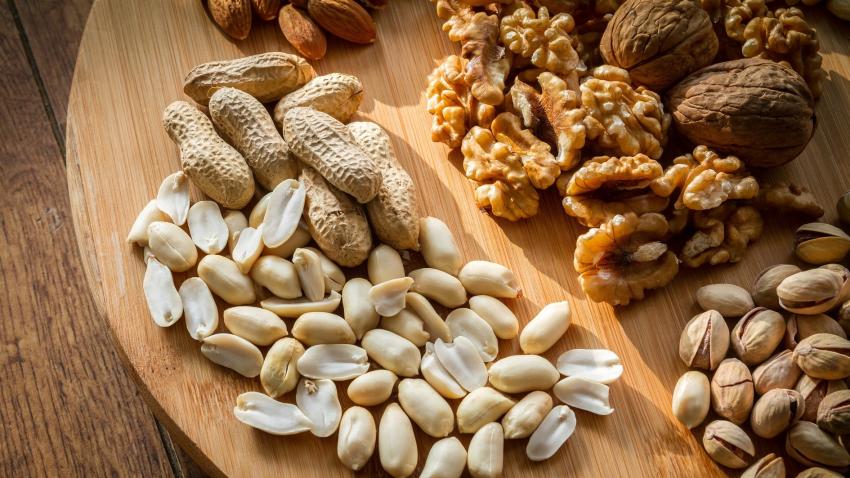You are here
Back to topUS, Turkey, Iran Compete for China’s Pistachio Market
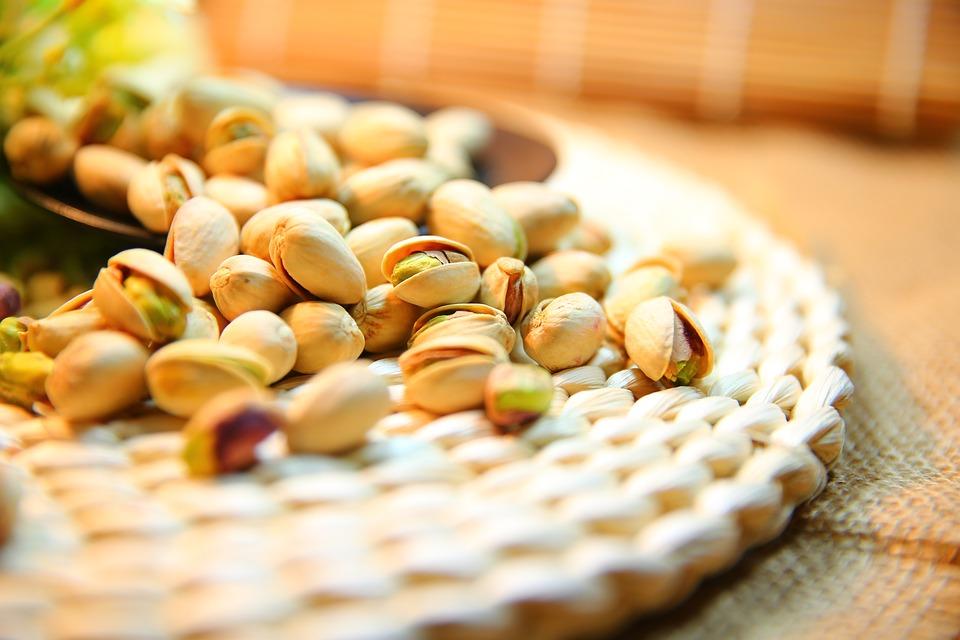
As of August 31, the U.S.’s pistachio exports to mainland China and Hong Kong amounted to an all-time high of more than 246 million pounds, surpassing the 180 million pounds exported last season. American Pistachio Growers, a trade association representing over 800 growers in California, Arizona and New Mexico, has stated that if it were not for the increased tariffs, this year’s export volume could have been even higher.
Amid the current China–U.S. trade tensions, how could the U.S.’s pistachio exports increase?
Richard Matoian, executive director of American Pistachio Growers, says that good luck is perhaps one of the reasons.
Iran is the U.S.’s number one competitor in the global pistachio market. According to a United Nations report, in 2017 Iran produced nearly 575,000 metric tons of pistachios — more than twice the amount produced in the U.S. (272,000 metric tons). However, mass frosts this growing season had a huge negative impact on Iran’s pistachio production, giving U.S. pistachios a market advantage.
Ms. Zhang, director of the Asian market for American Pistachio Growers, said that although the association’s record-high exports are a good thing, she is still assessing whether the 55% export tariffs will have a dampening effect on the U.S.’s pistachio exports. Without tariffs, Zhang believes that exports could have exceeded 246 million pounds.
Owing to China–U.S. trade tensions, however, China is continuing to expand its pistachio import channels.
According to the Turkish Ministry of Trade, the state reached an agreement with the Chinese government in July of this year, and their qualification to export to China was formally approved, setting them up for trade with China beginning in 2020.
Turkey’s pistachio sector displays significant differences between high- and low-yield years, especially among its different production regions. According to a recently released report by the United States Department of Agriculture, increased rainfall in south-eastern Anatolia will lead to a relatively small crop of only 85,000 metric tons* in the 2019/20 growing season (September 2019 to August 2020). This represents a marked decrease from the 2018/19 season, which yielded 210,000 metric tons.
South-eastern Anatolia has historically been the most important pistachio-producing region in Turkey. The provinces of Gaziantep, Sanliurfa, Adiyaman, Siirt, Kilis, Kahramanmaras, Mardin and Diyarbakir produce 95% of the country’s pistachios, with Gaziantep alone accounting for approximately 40%.
According to data from the Turkish Statistical Institute, on the national scale Turkey has approximately 49.5 million mature pistachio trees for the 2019/20 season, in addition to around 20.5 million immature trees, which represent increases of 3.75% and 5.50%, respectively, compared with the previous season. Over the past five years, the total number of trees has grown by nearly 40%.
In recent years, Turkish pistachio growers and traders have begun searching for agricultural, technical and operational breakthroughs to reduce the disparity between the outputs of high- and low-yield seasons.
Typically, pistachio saplings grow for ten years before they are ready to bear fruit. However, as agricultural technology improves, they can now be put into production after just five years. In a high-yield year, one tree can average up to 4 kg of pistachio nuts. In contrast, a low-yield year shows an average production of only 2 kg.
Pistachio trees thrive in arid environments, making them an ideal crop for Turkey, where water conservation and irrigation are not conventional practices. However, if soil conditions and the efficiency of day-to-day maintenance and irrigation can be improved, production could be further increased.
The Gaziantep and Siirt pistachio varieties are the most common. Both varieties are native to Turkey and show notable differences from Iranian and Californian varieties. The Gaziantep variety is even more common and is smaller and narrower than its Iranian cousin. The Siirt variety accounts for about 15% of the country’s total production. This is a high-yielding variety and shows much smaller fluctuation between high- and low-yielding years than the Gaziantep and Iranian varieties.
The majority of pistachios produced in Turkey are used for domestic consumption. In general, approximately 35% of pistachios are sold as ready-to-eat nuts, while the remainder is used in the candy, dessert and baking sectors.
In addition to domestic consumption, Turkey will also hold back a portion of its pistachios to help meet market demand in low-yield years when there is only a small quantity for export. In the 2018/19 season, Turkey’s pistachio exports reached 15,000 metric tons, most of which were shipped to Italy, Germany, Saudi Arabia, Iraq, Israel and the United Arab Emirates.
Considering the severe drop in production during the 2019/20 growing season, it is expected that this year’s export volume will be only around 4,000 tons, limiting exports to China.
* Production weights mentioned in this article are based on pistachios with shells.
Image: Pixabay
This is a translated, edited version of content originally published in Chinese. Read the original articles here and here.



